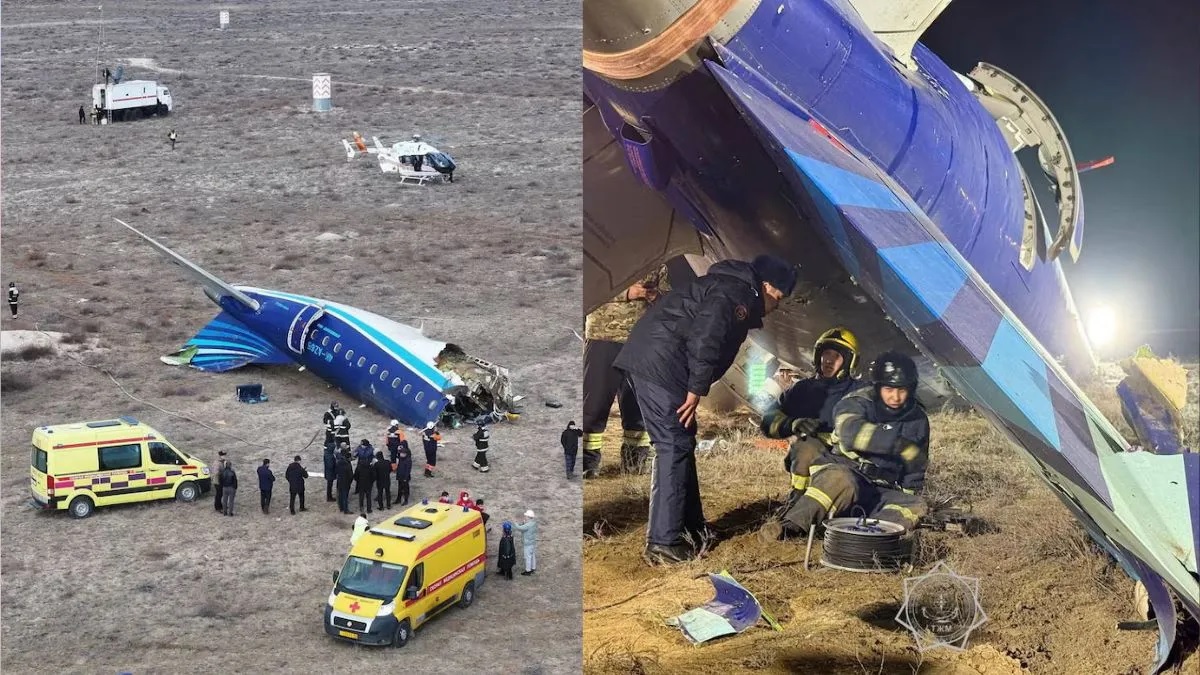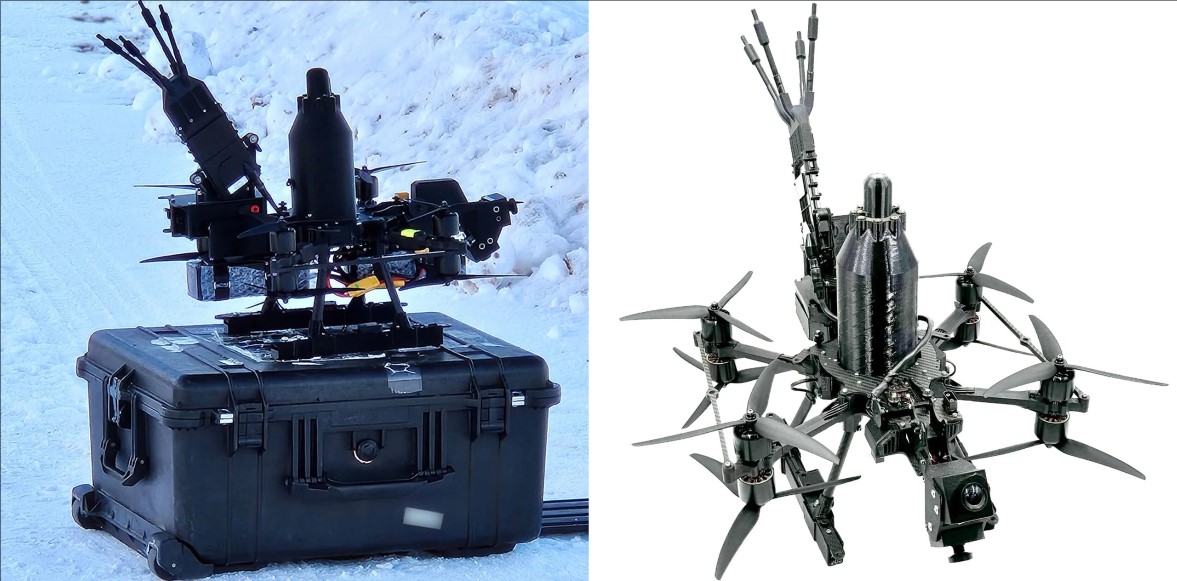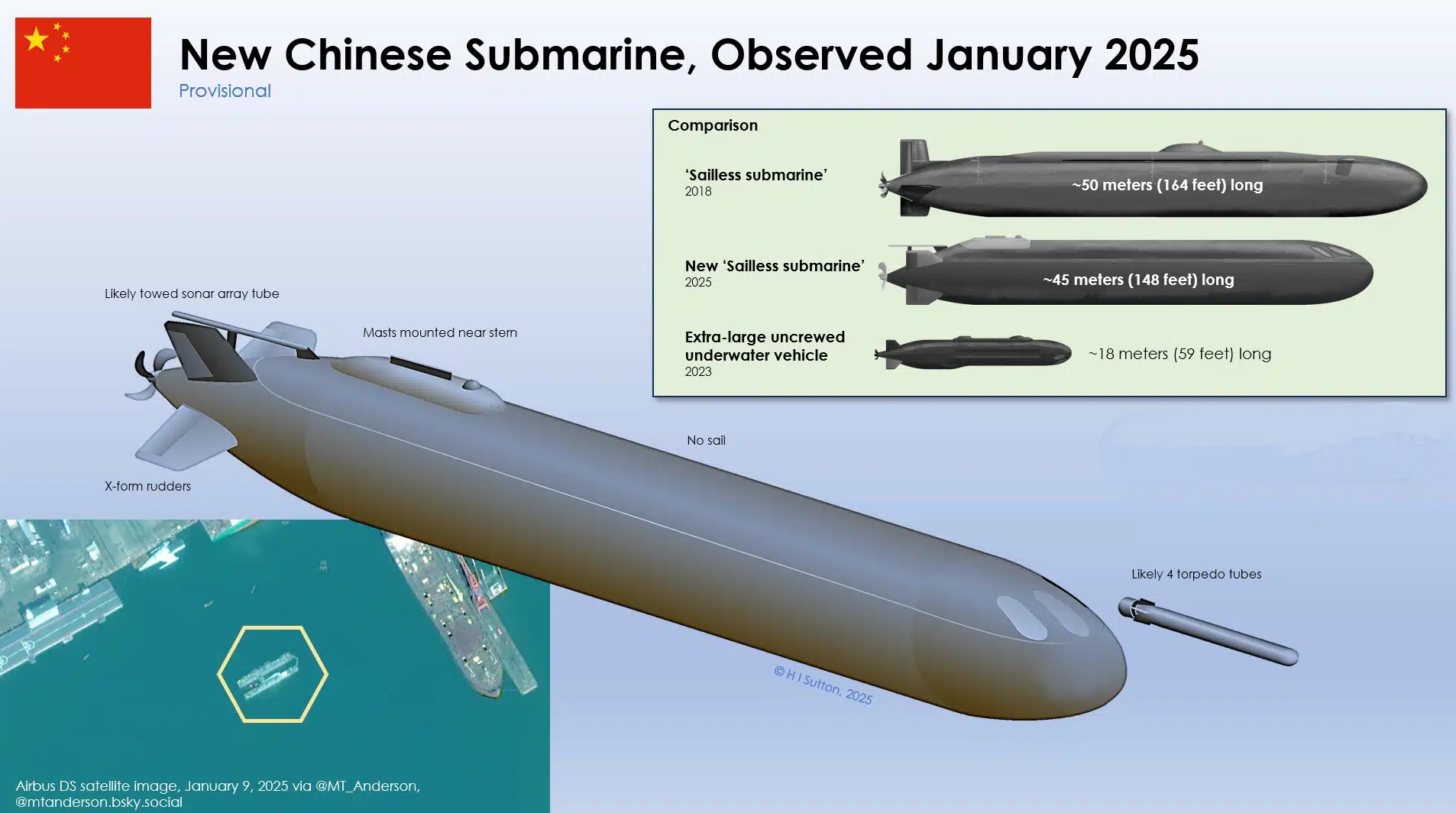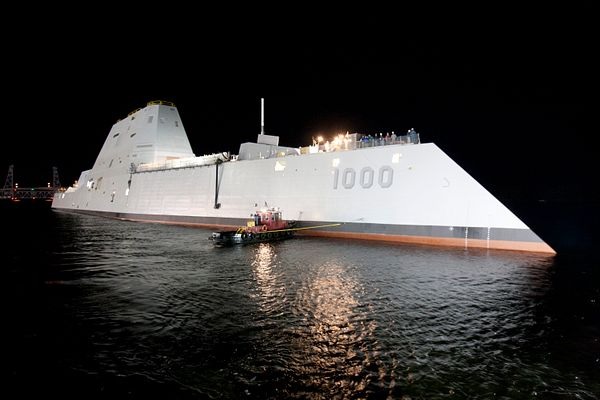Azerbaijan Airlines Crash: External Interference Suspected Amid Russian Missile Speculation

A tragic plane crash involving an Azerbaijan Airlines Embraer 190 has drawn international attention after preliminary investigations suggested “physical and technical external interference” as the cause. The incident, which occurred on December 25, 2024, near Aktau, Kazakhstan, has led to speculation about the involvement of Russian air defense systems, raising questions about aviation safety in regions impacted by geopolitical conflicts.
The Incident
Flight J2-8243 was en route from Baku, Azerbaijan, to Grozny, Chechnya, when it encountered a sudden and catastrophic emergency. Passengers on board reported hearing a loud bang, followed by erratic behavior of the aircraft. “It felt like the plane was no longer under control,” survivor Subhonkul Rakhimov recounted, describing the terrifying moments before the crash.
The Embraer 190 ultimately crashed in a fireball, killing at least 38 people while 29 managed to survive, many with severe injuries. Eyewitness accounts and the plane’s flight path indicate that it diverted from its original route, crossing the Caspian Sea before crashing on its eastern shores.
Investigation Findings
Azerbaijan Airlines cited “physical and technical external interference” in its preliminary findings, a term suggesting the possibility of external attacks or unintentional impacts. While official investigations are ongoing, multiple sources close to the investigation suggested that the aircraft might have been mistakenly targeted by Russian air defense systems, which have been active in the region due to the ongoing conflict with Ukraine.
Russia’s aviation authority, Rosaviatsia, stated that the plane's captain had been offered alternative landing options but chose Kazakhstan’s Aktau Airport. Moscow has urged caution against premature conclusions, emphasizing the importance of completing the official inquiry before assigning blame.
Aircraft Specifications and Safety Record
The Embraer 190 is a widely used regional jet, known for its reliability and safety. With a range of approximately 2,300 nautical miles and a seating capacity of around 100 passengers, it serves short- to medium-haul routes. The aircraft involved in this incident was reported to be well-maintained, adding weight to theories that external factors played a significant role.
Embraer aircraft are equipped with advanced avionics and redundancy systems designed to handle emergencies. However, they are not immune to external threats, including missile strikes or other interference.
Geopolitical Implications
The crash has intensified scrutiny over the safety of airspace in regions affected by geopolitical tensions. Southern Russia has seen frequent deployment of air defense systems to counter Ukrainian drone incursions. Mistaken engagements by these systems have raised concerns about the safety of civilian air traffic in the area.
Azerbaijan Airlines has suspended flights to 10 Russian airports, citing safety concerns stemming from the crash. This move reflects broader apprehensions about the risks of operating in conflict zones where military and civilian operations overlap.
Moving Forward
While the official investigation continues, the tragedy underscores the need for stringent air traffic safety measures in volatile regions. International aviation authorities may need to reassess flight paths and implement enhanced protocols to prevent future incidents.
The crash also highlights the potential consequences of regional conflicts on civilian infrastructure, prompting calls for increased accountability and transparency in the use of military systems near commercial airways.
As the world awaits the official findings, the victims and survivors of Flight J2-8243 serve as a stark reminder of the human cost of such tragedies.



